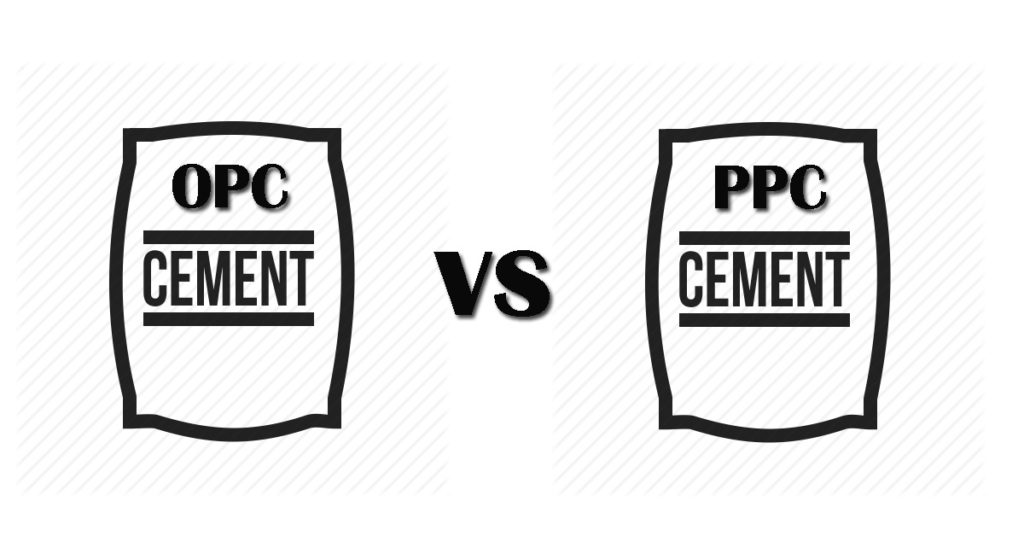Portland Pozzolana Cement (PPC) and Ordinary Portland Cement (OPC) have become the two most commonly used types of cement in the modern world’s construction industry. Both provide interesting variations in their unique properties, making them suitable for different ranges of applications.
This article will elaborate on the prime differences between PPC and OPC and the primary reasons why both provide equally viable alternatives for building solid infrastructure.
What Is Ordinary Portland Cement?
OPC is a type of cement widely used in the modern construction industry. Its constituents consist of a mixture of limestone, clay, and other materials that undergoes a stable heating process at high temperatures in a kiln. OPC has a fine reputation for its strength and durability, making it an ideal choice for building structures that require high strength.
What Is Portland Pozzolanic Cement?
On the other hand, PPC is a type of cement materialized from combining OPC with pozzolanic materials such as fly ash, volcanic ash, or calcined clay. The pozzolanic materials react with the calcium hydroxide in the cement to form additional cementitious compounds that improve the strength and durability of the newly formed cement.
Differences Between the Two Types of Cement
One of the prime differences between PPC and OPC is their composition. OPC exists solely from mixing limestone, clay, and other materials, while PPC contains OPC and pozzolanic materials. Their compositional difference leads to contrasting properties in the two types of cement.
PPC has a lower heat of hydration than OPC, which means it generates less heat during the curing process. This cement is ideal for gigantic concrete structures such as dams, bridges, and high-rise buildings, as it reduces the risk of thermal cracking. PPC is also more resistant to sulfate attacks than OPC, making it suitable for use in coastal areas or areas with high sulfate levels in the soil.
However, OPC, on the other hand, has a higher initial strength than PPC, making it suitable for applications that require high early strength, such as precast concrete products, concrete pipes, and concrete blocks. OPC also has a higher fineness than PPC, which means it can produce a smoother surface finish when used in plastering and rendering applications.
Despite their differences, PPC and OPC equally provide uncompromised quality for building solid and long-lasting infrastructure. The type of cement to use depends on the specific application and the project requirements.
For example, if the construction project requires high strength and durability, OPC automatically presents itself as the preferred choice. On the other hand, if it demands the usage of cement that generates less heat during curing and is more resistant to sulfate attacks instead, PPC may be the better option.
In addition, the availability of raw materials and local market conditions also play a role in determining which type of cement to use. Pozzolanic materials may be readily available in some areas, which converts PPC into a more cost-effective option. However, OPC may be the more readily available and cost-effective alternative in other territories.
Conclusion
In conclusion, PPC and OPC are the two most common types of cement used in the construction industry. While they have different properties, both are equally good for building solid infrastructure. The choice of which type of cement to use depends on the specific application and project requirements, along with the availability of raw materials and local market conditions. By understanding the differences between PPC and OPC, builders and engineers can make informed decisions about which type of cement to use in their projects to ensure that they are safe, durable, and cost-effective.

